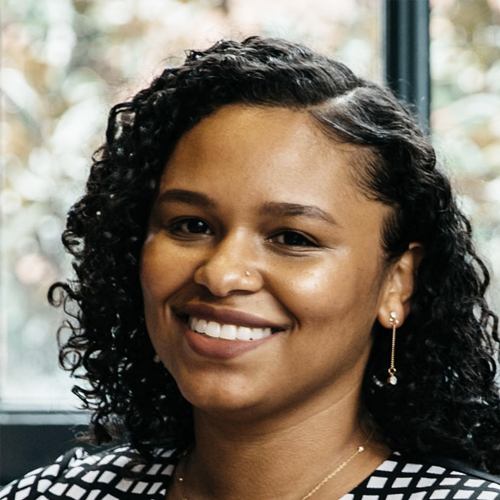Asia has been running DemandMaven for over 7 years, and has worked with over 100 businesses:
“I primarily work with SaaS companies to troubleshoot their growth. When I think about growth, it’s not just marketing or product growth–it’s the whole business.”
Their process often starts with looking for:
- The North Star KPI
- The most critical growth lever the business can pull
- The root cause of the growth problem
Prior to DemandMaven, Asia served in marketing roles for two VC funded startups in Atlanta. She also served on the board of Moz before its acquisition in June 2021.
Getting out of “the SaaS black hole”
DemandMaven has helped many early stage SaaS businesses.
But for those in “the SaaS black hole” (business with 0-40 customers) struggling with acquisition, Asia advises them to just keep selling their product instead of hiring a consultant right away:
“I would usually tell them, ‘don’t hire me yet’ because it doesn’t make sense right now. You have to go through the repetitions because you will learn so much more when you’re trying to sell your product at this stage.”
She adds that it’s only by selling repeatedly that founders can build their business acumen:
“Hiring a fancy consultant isn’t going to make the process go faster. You have to get the repetitions of selling your product and figure out things like: ‘What am I missing?’ ‘Who are the right buyers?’”
The 5 growth levers
When growing a SaaS business, there are five growth levers that you can pull to unlock growth:
- Awareness. How much traffic you’re getting or how many people are searching for your brand.
- Sales. Generating more trials or deals.
- Retention. Retaining more customers.
- Revenue. Charing more or charging differently. You can also adjust how, when, and where you’re charging to maximize revenue for each type of buyer. You may also charge for different aspects of your product (i.e. add-ons).
- Operations. Process, how you work together as a team, chosen business goals, OKRs, and hiring.
How OKRs affect your growth
Asia shares that OKRs could actually predetermine your success:
“These OKRs determine the tools we use, the processes that we leverage to run programs, or even how we work together.”
She gives an example of how OKRs impact how you run meetings and how your team thinks about growth:
“I have a client where during their meetings, they never have a moment to pause and challenge each other on why a KPI is not performing. They just quickly mention that it’s not performing and move on to the next item.
While it depends on the culture of the company, I think this practice creates a culture of complacency by not talking about it.”
The wrong ways to do OKRs
Setting OKRs as tasks or projects, instead of measurables
“You should never ever have a key result that is just a task or project. For example, you have KR1 as ‘launch a webinar program.’ That’s not a key result but a project.
A key result has to contain a measurable. If it doesn’t have a measurable, it’s not a key result.”
Setting objectives that aren’t ultimately inspiring
“I really pushed teams to identify objectives that are actually very inspiring and not just purely correlated to some boring marketing objective.”
So instead of writing “generate more trials” or “generate more demand for the product”, it should be something like, “create a better world for yoga instructors.”
“So how do we measure that? KR1 can be the NPS score and we can also conduct a survey to see if our customers are happy with their experience.”
Asia says that it’s fine if your objectives sound bonkers because it should get you excited about what you’re doing:
“It needs to be something that excites you when you’re doing it and when you’re talking about it in your meetings.”
Hitting all of your OKRs
“You’re actually not supposed to hit all of them. You’re only supposed to hit like 50-60% of them.
A lot of teams think that you need to hit 80-100% but I think that if you’re hitting all of your OKRs, then your OKRs are not hard enough.”
Marketing channels need to evolve into programs
When we think of marketing channels, we typically think of:
- Search engine optimization
- Email marketing
- Direct mail
- Paid ads
Asia shares that founders often get stuck because they only see marketing as channels:
“One of the biggest opportunities for growth is changing this mindset. What really needs to happen is for channels to evolve into programs.”
A marketing program is an ongoing effort that encompasses many channels, and is generating revenue in some way. It can be united by a piece of content, theme, topic, or type of campaign.
The ultimate result of a program is revenue generation.
Example 1. Webinar program
For this example, the webinar is the content that unites the entire program. The webinar recording could be distributed to other channels like:
- Social media
- Paid ads
- Cross promotion with collaborators
“Depending on the nature of the webinar program, it could be more for demand creation (getting people before they’re ready to buy). But it could also be more demand capture (capturing people who are ready to buy right now).”
Example 2. State of X reports
While this doesn’t run the entire year, it’s still considered a program because it’s regularly done every year:
“It gets distributed through many different channels, and repurposed and repackaged to death throughout the rest of the year. It generates a little bit of demand creation and demand capture.”
Double down, optimize, or sunset?
When you’re assessing your marketing programs to decide if you should double down, optimize, or sunset it, Asia shares they do it in two layers.
Layer 1. Demand creation or demand capture?
“This is where we divvy up our programs between: are we going this because we’re trying to create demand? Or are we doing this because we’re trying to capture demand?
Demand capture is someone looking for an answer or they’re looking for an unlock to make a buying decision.”
For example, you want to run a webinar program. You could either talk about:
- Something your audience is interested in (demand generation)
- Something your audience needs to know in order to make a buying decision (demand capture)
“Both are valid depending on where you’re at in the business. For most earlier stage companies who want to get to 2M or 5M, I encourage demand capture programs.”
Asia shares her experience working with a vacation rental management software business where they ran demand capture programs:
“We made a big investment in educating their ideal customer profile about how to think about structuring their business and what software choices to make.
So one of the programs we ran was a state of vacation rental management report. Every year we had a different theme and we created these reports to educate our ideal buyers. We showed them how high growth vacation rental companies are structuring their businesses so the buyers can copy and emulate it. Also, all the features we built were correlated to some of those investments that these businesses were making.”
The report became extremely popular that it was referenced and shared almost everywhere.
“That was the type of information that they needed to unlock a buying decision. The ideal buyers now think to themselves: ‘My peers are investing in these things, this product offers several of those things, and I know a lot of people who use it. This seems like an obvious choice for me when I’m ready to buy/I’m going to go ahead and sign up right now.’”
Layer 2. Attribution
Asia shares that attribution is like chasing a magic dragon because you can go down the rabbit hole and end up with nothing. Which is why she recommends a more flexible approach with attribution for programs:
“Because programs encompass many channels, what we have to look at is: ‘Did the program assist in a buying decision or not?’
Of course we still want to know the source of a lead. If we can, that’s great. But if we can’t, we ask: if this was part of the customer journey and where it was a part of the journey because the program should still get credit in that case.”
With this approach, they found that some programs are more efficient than others at creating customers. They use marketing attribution tools to help quantify the efficiency of these programs:
“Some are more efficient than others, so we are doubling down on the ones that are very efficient, and we’re optimizing the ones that aren’t.”
Final advice
Do think outside the box.
“Remember when marketing was creative and fun? It needs to go back to that because that’s what inspires and engages people.”
Don’t create things that you wouldn’t consume or care about.
“Stop being so unempathetic to the customer or buyer who’s going to see the things we’re putting out. We have to think about the experiences of these things because it matters.”
Thanks for listening! If you found the episode useful, please spread the word on Twitter mentioning @userlist, or leave us a review on iTunes.

